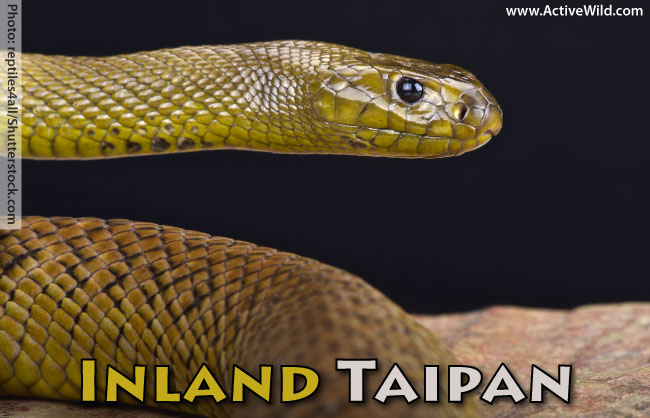

The inland taipan is the most venomous snake on earth, with the venom toxicity to kill over 200 people with one bite.

We’ll then look at the types of venomous snakes that are responsible for the most human deaths. To start with, we’re going to look at the snakes that, with one bite, have the venom potency to kill the most humans.

They are reclusive and shy away from humans, not aggressive.They rarely bite, or often “dry bite” (bite without injecting venom).So, although a snake may have very potent venom, its bite may not be as dangerous as another venom-injecting snake. They do not inject as much venom when they bite.You may consider “deadliest” to mean “snakes with the most lethal venom.” However, the snakes with the most lethal venom are not the 10 snakes responsible for the most human casualties. However, there are many ways to interpret this question. You may think this is quite obvious: the snakes that can kill you most easily. Australian Snakes, Crocodiles, Tortoises, Turtles, Lizards (Angus and Robertson, 1966).2.6 Europe 10 Most Lethal Snakes in The Worldīefore we get started, how do we define the “deadliest” or “most dangerous” snakes? Dangerous Snakes of Australia and New Guinea (Angus and Robertson, 1969). Australian Snakes: A Natural History (Cornell Univ. Snakes of Australia: Dangerous and Harmless (Hill of Content, 1992). Complete Guide to Australian Snakes (Angus and Robertson, 1989). Reptiles and Amphibians of Australia (Reed, 1994). (See also Elapid.) Additional ReadingĬogger, H.G. Their venom is as potent as that of an adult. They are lighter in color and have prominent areas of cream around the lips. Newborns are 16 to 20 inches (40 to 50 centimeters) long. Taipans lay clutches of up to 20 eggs in animal holes or rock crevices. Also known as the small-scaled snake or fierce snake, the inland taipan is sometimes classified in a genus of its own, Parademansia. It turns dark in winter and light in summer. The inland taipan has black eyes, small neck scales, and a shiny black or dark head. The venom contains nerve, muscle, and blood toxins and is fifty times more potent than the venom of the Indian cobra. microlepidotus, inhabits mainly floodplains in southwestern Queensland and adjacent areas and has the deadliest venom among land snakes. Few humans survive its bites without prompt treatment. The taipan avoids confrontation with humans, but if threatened it flattens its head, raises loops of its body off the ground, lashes its tail, and strikes abruptly and ferociously. It strikes suddenly, bites several times in rapid succession, and then waits for its venom to paralyze its prey. It actively pursues its prey during the daytime and on warm nights. Its traditional prey are bandicoots and other marsupials, but it also thrives on an abundant supply of rats. It is the largest of the Australian elapids, and the only one that preys upon relatively large warm-blooded animals. The fangs of the taipan are longer than those of most elapids, and its venom is one of the most toxic known. The taipan is a member of the cobra family, Elapidae, characterized by short, hollow, immobile fangs and a paralyzing venom. Coloration is a variable coppery brown above and yellow below. The neck is narrow, and the body is long and moderately slender. An enlarged scale over each eye gives the appearance of a scowl. The eyes are large and red, with round pupils. The head is large with a blunt snout and bulging muscles at the back. When provoked to attack, the taipan is one of world’s most dangerous snakes. Adults average 6.5 feet (2 meters) in length, though individuals nearly 10 feet (3 meters) long have been recorded. The taipan is a large, highly poisonous snake, Oxyuranus scutellatus, inhabiting grasslands and coastal forests in northern Australia and southeastern New Guinea.


 0 kommentar(er)
0 kommentar(er)
